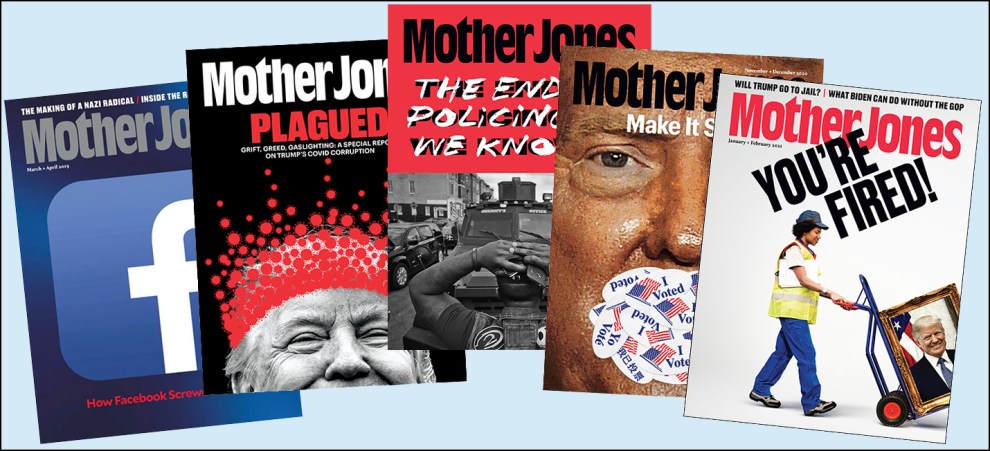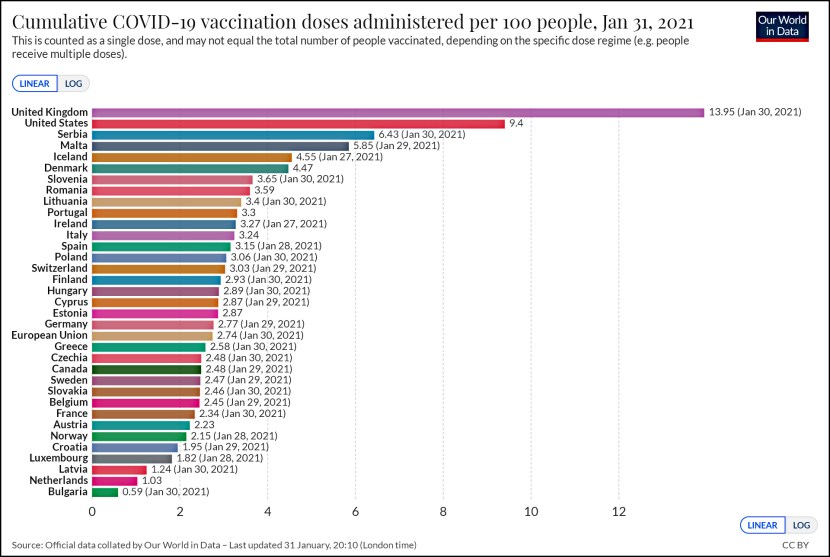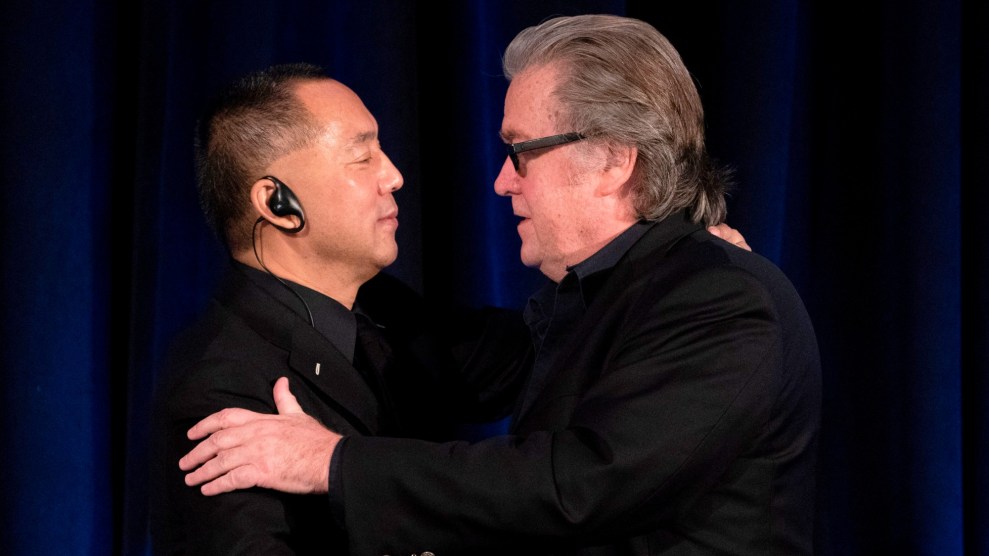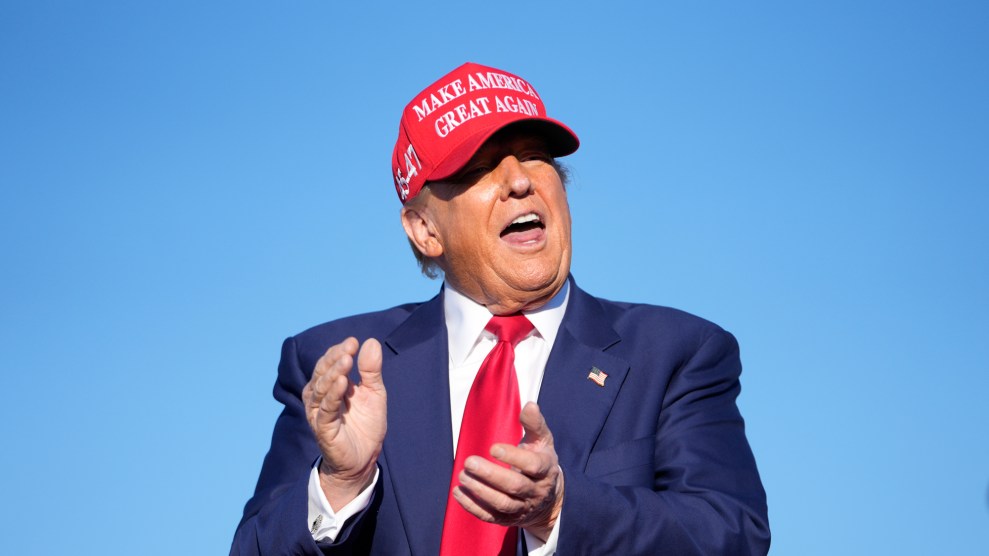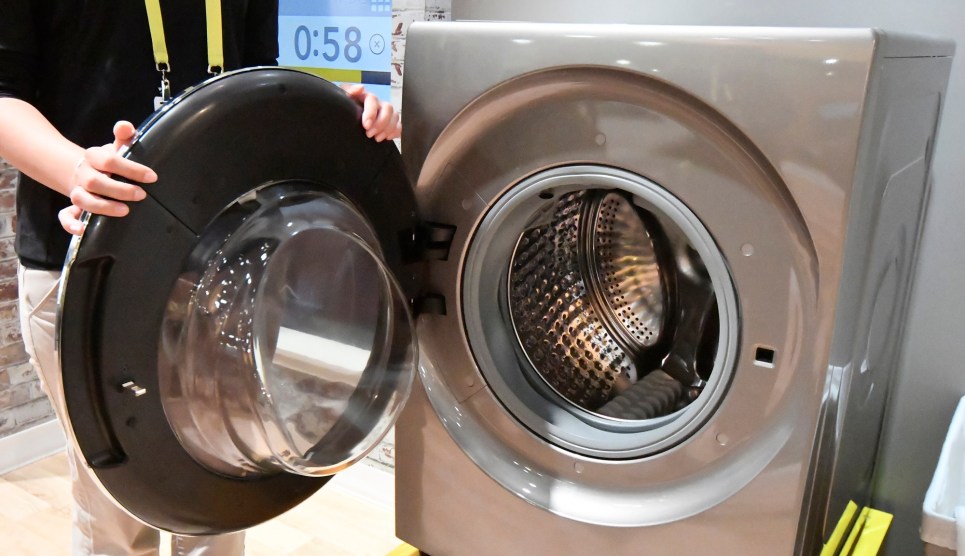
"And if you buy now, we'll only charge you 12 percent more than we did last year!"Gene Blevins/ZUMA
Via Jim Tankersley, here’s a chart that shows what happened to the price of appliances after President Trump imposed tariffs on Chinese-made washing machines:
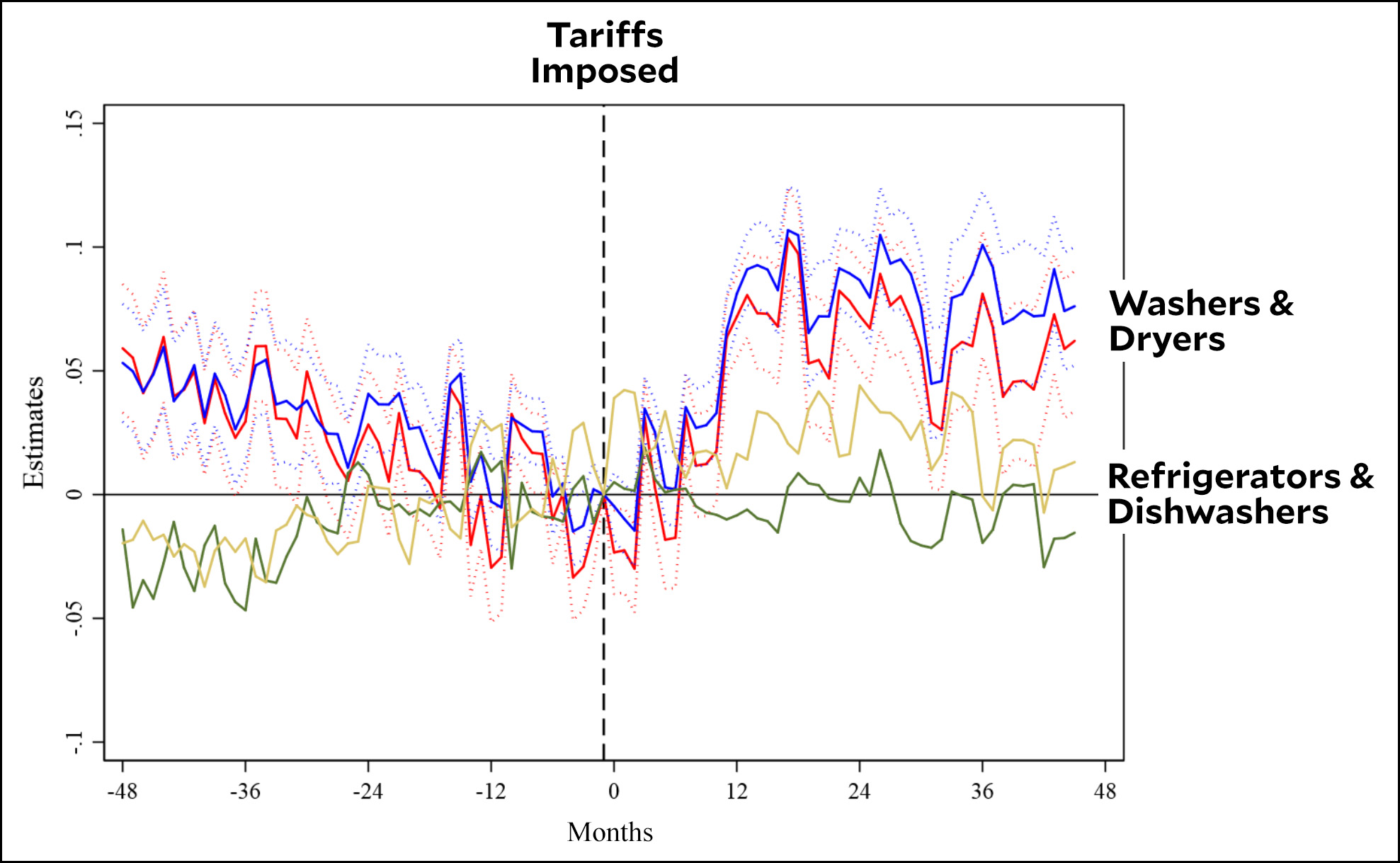
The response of appliance manufacturers was simple: freed of competition from China, they raised the price of both washers and dryers (which are typically purchased together). Conversely, the price of refrigerators and dishwashers, which weren’t affected by the tariffs, stayed roughly the same.
This comes from a paper written by Aaron Flaaen, Ali Hortaçsu, and Felix Tintelno, which you can read here. The authors calculate that manufacturers raised the price of washers and dryers sold in America by about 12 percent, which represents $1.5 billion in extra costs paid by consumers.
Were there benefits? The authors estimate that the tariffs produced about 1,800 new jobs—and that’s it, since there’s no indication that factory wages increased. The vast majority of this extra money is additional profit since most of the washers and dryers would have been sold anyway regardless of Trump’s tariffs, but at a lower price. At a bare minimum, you can figure that (a) consumers paid 12 percent more for their washers and dryers and (b) manufacturers—most of whom are based overseas—raked in more than $1 billion in extra profits. In return, 1,800 Americans got new jobs.
Your mileage may vary, but this sure doesn’t seem like a very shrewd deal to me.



